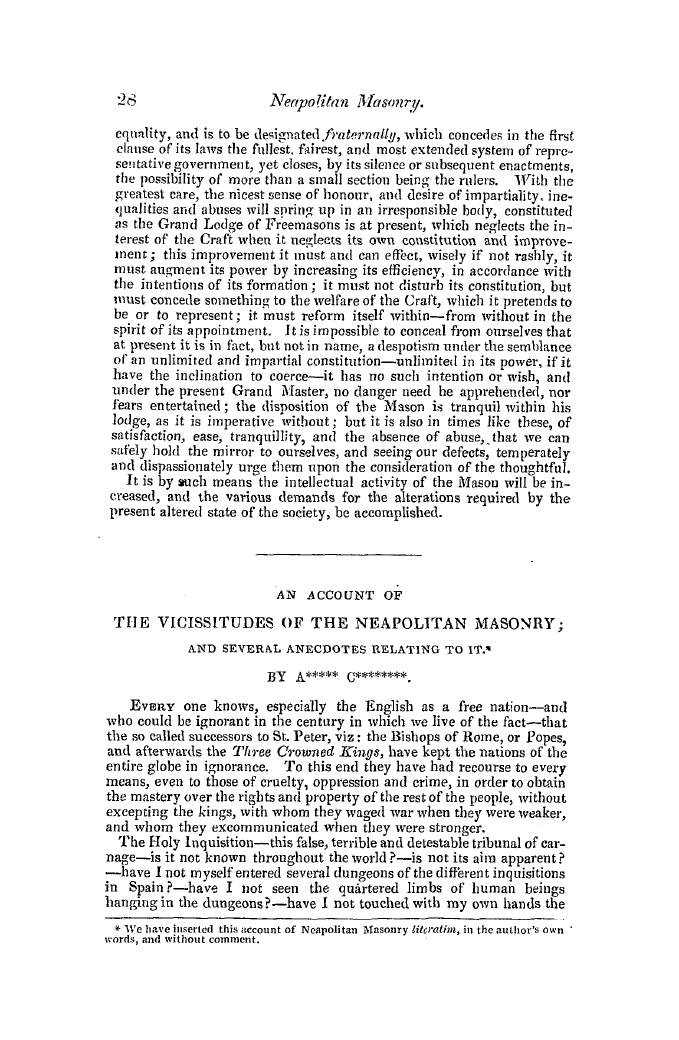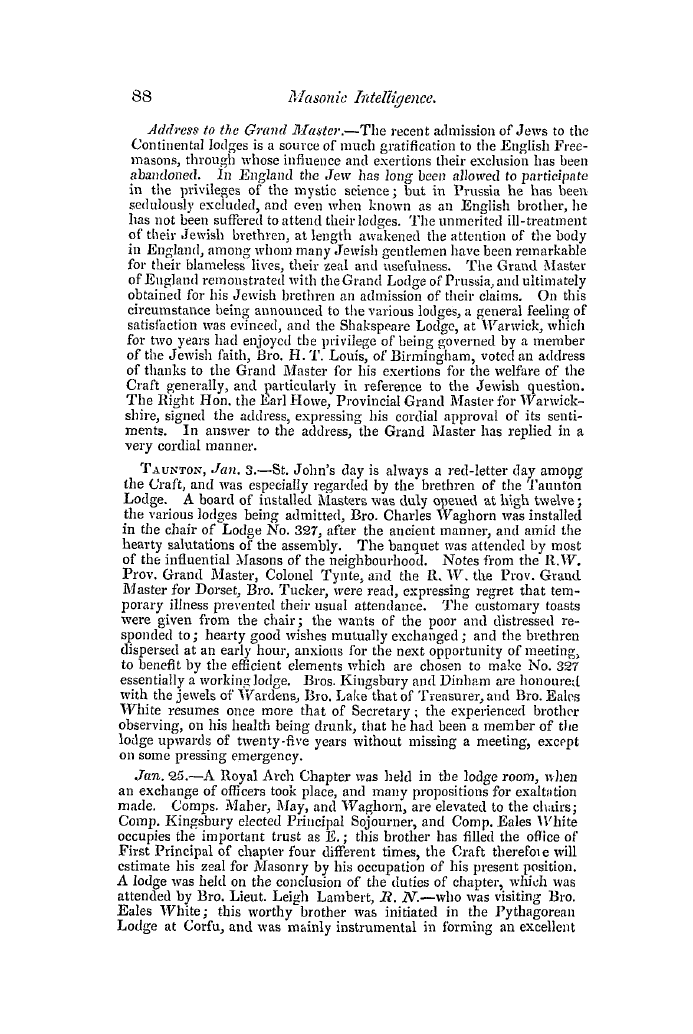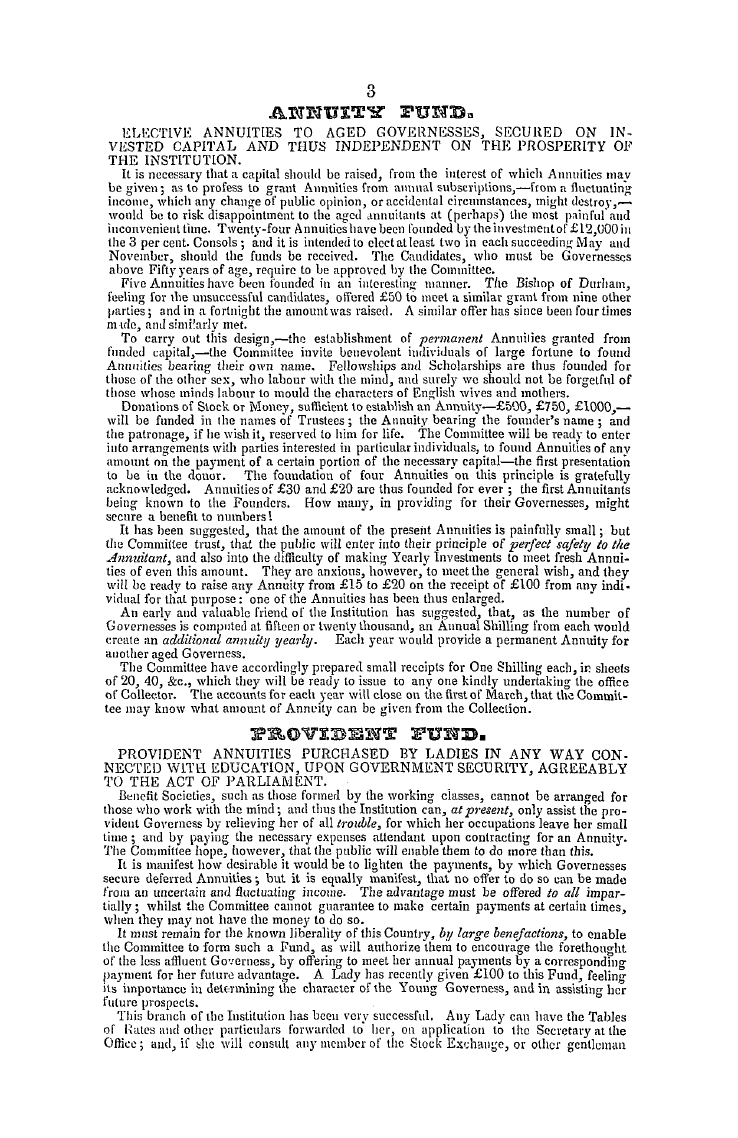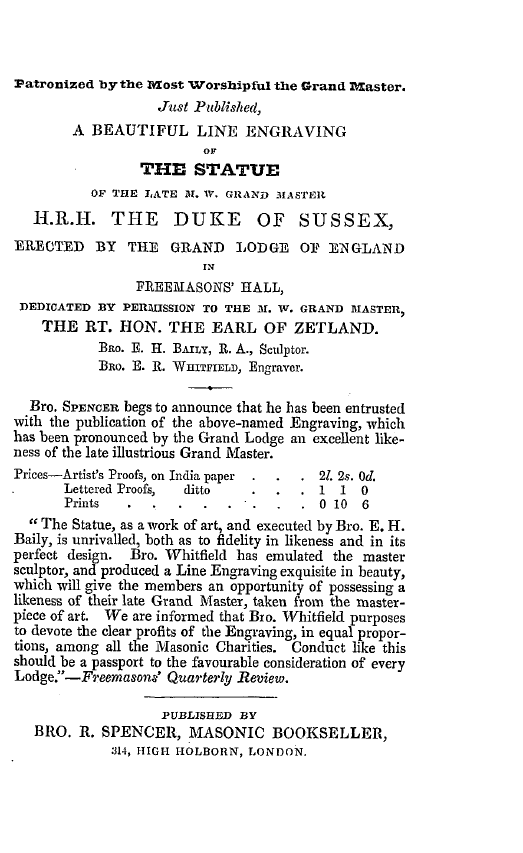-
Articles/Ads
Article GREAT SOLAR SPOT. ← Page 2 of 3 →
Note: This text has been automatically extracted via Optical Character Recognition (OCR) software.
Great Solar Spot.
liberately with the unaided eye . A row of high houses was about lo hide the unexpected vision from my sight ; but 1 had time to plant an achromatic refractor before it vanished , when , with powers of sixty and one hundred and twenty , which I rapidly applied , the obscuration resolved itself into a great congregated group of spots and shallows , two large , long ones lying in the centre , surrounded by a number of lesser spots . There werebesidesin different partsa good many other
, , , small spots . That the perception of this great spot , or cluster of connected spots , indicated some extraordinary movement in the solar elements I am well aware ; hut I am not astronomer enough to presume to speculate upon the causes . Some consider these spots to be rents or openings in tlie sun ' s luminous atmosphere , resulting from tremendous rains or discharges of moisture , so rarifying the atmospheric envelope , as to disclose the dark solid body of the sun . Professor Nicholof
, Glasgow , conceives them to be the effect of winds , whirlwinds , tornatloes displacing the circumambient atmosphere of the sun , and creating , as it were , a vacuum , through which we see as through a funnel , the opaque body of the sun peeping out at the small extremity . These , however , and other hypotheses , may not here be enlarged on ; nor should I have
troubled you at all with this notice , hut that the fact of the visibility of such spots by the naked eye is of very rare occurrence , and has even been doubted . I therefore give my testimony , with name should it be asked for . So far as my sources of reference reach , I can only find two clear cases upon record . The first is that given by Hakluyt , in the following entry from the log-book of a ship on the coast of Africa , in December , 1590 : — " The 7 that sunsetwe saw a great black spot on the sun ; and on
, , the Sth , both at rising and setting , we saw the like , the spot appearing about the size of a shilling . " This occurred before the telescopic observation of the solar spots by Galileo and others , and is probably the earliest notice of the kind . The other well-authenticated instance is that of Sir W . Herschel , who saw a spot , in 1779 , large enough to be distinguished by the naked eye . I doubt not , however , there may be some other cases . Dr . Dicka well known astronomical writerwho
, , has many times examined the sun , appears never once to have seen a spot with the unaided vision . In a letter to a friend he says— " If any spots have been visible to the naked eye , they could not have been much less than fifty thousand miles in diameter . " The spot above described was probably still larger , from its apparent size . T >
Postscriptum . —Since writing the foregoing the writer has had the satisfaction of a full corroboration of the facts mentioned , from several respectable witnesses . John Wancbape , Esq ., of Edmonstone , county of Mid Lothian , N . B ., distinctly observed the same solar spot , and describes its appearance to the naked eye in terms accordant with the above . Two other gentlemen in Edinburgh have in like manner testified to the fact . So that , so far as the visibility to unassisted vision goes , the fact is put beyond doubtif it were not sufficiently confirmed
, before . But it is not the mere establishment of this circumstance that renders the observation of interest or importance . The idea presses itself upon the mind , what must be the enormous extent of such obscurations to be thus palpable to the naked eye , at the distance of ninetyfive millions of miles ? What , too , must have been the force or power that could so turn light into darkness ? With the latter question I may
Note: This text has been automatically extracted via Optical Character Recognition (OCR) software.
Great Solar Spot.
liberately with the unaided eye . A row of high houses was about lo hide the unexpected vision from my sight ; but 1 had time to plant an achromatic refractor before it vanished , when , with powers of sixty and one hundred and twenty , which I rapidly applied , the obscuration resolved itself into a great congregated group of spots and shallows , two large , long ones lying in the centre , surrounded by a number of lesser spots . There werebesidesin different partsa good many other
, , , small spots . That the perception of this great spot , or cluster of connected spots , indicated some extraordinary movement in the solar elements I am well aware ; hut I am not astronomer enough to presume to speculate upon the causes . Some consider these spots to be rents or openings in tlie sun ' s luminous atmosphere , resulting from tremendous rains or discharges of moisture , so rarifying the atmospheric envelope , as to disclose the dark solid body of the sun . Professor Nicholof
, Glasgow , conceives them to be the effect of winds , whirlwinds , tornatloes displacing the circumambient atmosphere of the sun , and creating , as it were , a vacuum , through which we see as through a funnel , the opaque body of the sun peeping out at the small extremity . These , however , and other hypotheses , may not here be enlarged on ; nor should I have
troubled you at all with this notice , hut that the fact of the visibility of such spots by the naked eye is of very rare occurrence , and has even been doubted . I therefore give my testimony , with name should it be asked for . So far as my sources of reference reach , I can only find two clear cases upon record . The first is that given by Hakluyt , in the following entry from the log-book of a ship on the coast of Africa , in December , 1590 : — " The 7 that sunsetwe saw a great black spot on the sun ; and on
, , the Sth , both at rising and setting , we saw the like , the spot appearing about the size of a shilling . " This occurred before the telescopic observation of the solar spots by Galileo and others , and is probably the earliest notice of the kind . The other well-authenticated instance is that of Sir W . Herschel , who saw a spot , in 1779 , large enough to be distinguished by the naked eye . I doubt not , however , there may be some other cases . Dr . Dicka well known astronomical writerwho
, , has many times examined the sun , appears never once to have seen a spot with the unaided vision . In a letter to a friend he says— " If any spots have been visible to the naked eye , they could not have been much less than fifty thousand miles in diameter . " The spot above described was probably still larger , from its apparent size . T >
Postscriptum . —Since writing the foregoing the writer has had the satisfaction of a full corroboration of the facts mentioned , from several respectable witnesses . John Wancbape , Esq ., of Edmonstone , county of Mid Lothian , N . B ., distinctly observed the same solar spot , and describes its appearance to the naked eye in terms accordant with the above . Two other gentlemen in Edinburgh have in like manner testified to the fact . So that , so far as the visibility to unassisted vision goes , the fact is put beyond doubtif it were not sufficiently confirmed
, before . But it is not the mere establishment of this circumstance that renders the observation of interest or importance . The idea presses itself upon the mind , what must be the enormous extent of such obscurations to be thus palpable to the naked eye , at the distance of ninetyfive millions of miles ? What , too , must have been the force or power that could so turn light into darkness ? With the latter question I may





















































































































































